Great touring motorcycles
Big engines, plush seats, wind protection, luggage space and rider-friendly ergonomics – it’s armchair-in-front-of-the-TV time, but what are the giants of the touring bikes world?
For many riders, motorcycling is about far more than just getting from A to B. It’s about the journey itself - the feel of the wind, the smell of the countryside, the connection between rider, machine and road… an’ all that fluffy stuff.
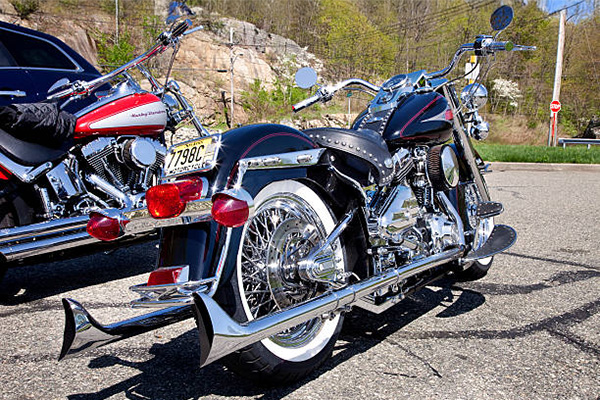
Here’s a look at some of the greatest touring motorcycles ever built.
Honda Gold Wing GL1000/GL1100
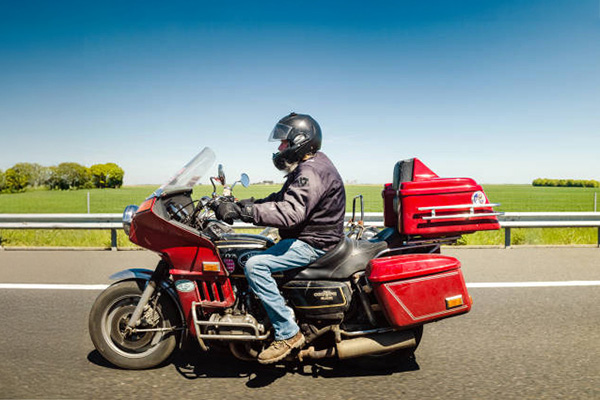
When the Honda Gold Wing GL1000 was launched in 1975, it wasn’t yet a fully dressed tourer. Instead, it was a smooth, shaft-driven flat-four powerhouse with an automotive level of refinement and a reputation for bulletproof reliability. Touring riders quickly embraced it, fitting their own aftermarket fairings and luggage.
Honda paid attention. By 1980, the GL1100 introduced a factory ‘Interstate’ model with a full fairing, integrated luggage, and a comfortable touring saddle - a blueprint for luxury touring bikes that endures to this day.
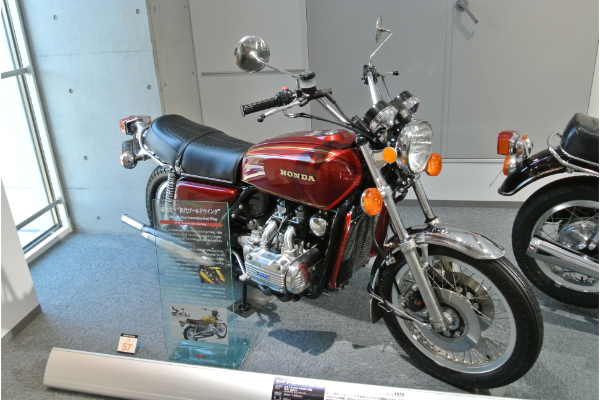
By the early ’80s, the Gold Wing had already established itself as the go-to motorcycle for riders who wanted to cross the country without breaking their backs. Many original Gold Wings from this era are still on the road, cherished by enthusiasts who value their durability and smoothness
Today’s Gold Wing features a 1,833cc flat-six with smooth, turbine-like power delivery, integrated luggage, heated seats and grips, a sophisticated infotainment system, and even an optional airbag. For 2025, Apple CarPlay and Android Auto integration come as standard, alongside Honda’s superb DCT automatic gearbox for effortless cruising.
Harley-Davidson Electra Glide/Ultra Limited
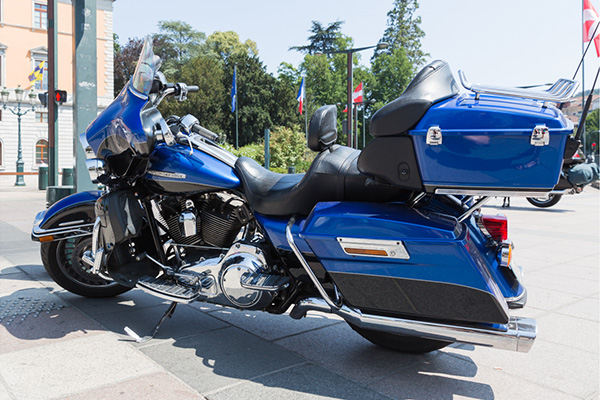
If the Gold Wing is the Japanese precision instrument, Harley-Davidson’s Electra Glide and Ultra Limited models are pure American road trip icons. These machines are built for devouring Route 66 or rolling into Sturgis with style, powered by Milwaukee-Eight V-twin engines that deliver lazy, torque-rich cruising.
The Electra Glide introduced the batwing fairing back in 1969, a design that remains instantly recognisable. In Ultra Limited guise, Harley’s flagship touring bike adds a king-size touring seat, large top box, and enough chrome to blind fellow motorists on a sunny day. Modern versions come with Reflex Defensive Rider Systems (RDRS), linked Brembo brakes, and Boom! Box infotainment with GPS and Bluetooth connectivity.
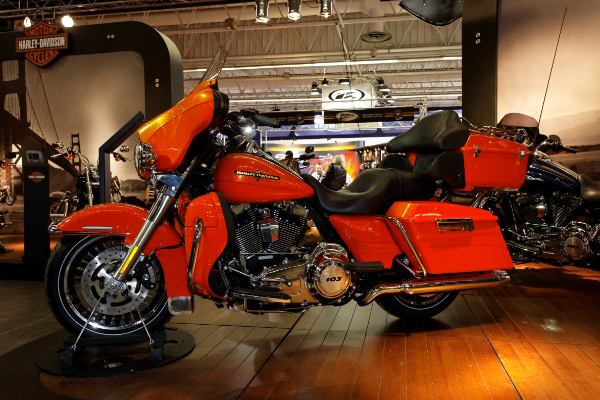
By the mid-1980s, the Evolution engine brought improved reliability and smoother performance, while Harley refined the bike’s comfort and accessories. The batwing fairing, first seen in 1969, became a styling icon, and the Electra Glide cemented its reputation as the ride of choice for crossing the wide-open highways of the USA.
For riders who prioritised character and style over outright speed, the Electra Glide was, and remains, the ultimate slice of American touring culture.
BMW R100RT
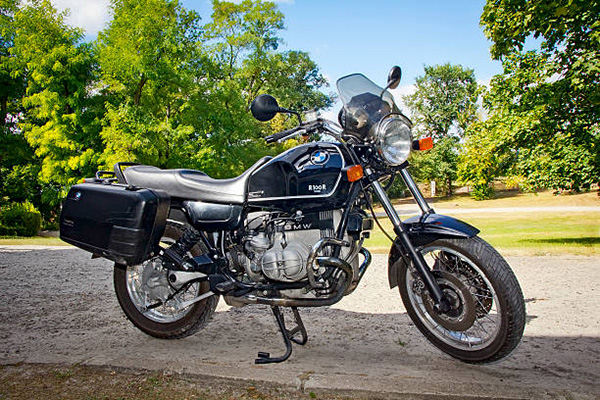
The BMW R100RT debuted in 1978 and was one of the first production motorcycles to come with a full factory fairing. Built around BMW’s signature air-cooled boxer twin, the R100RT was designed for riders who wanted to cover big miles in comfort without sacrificing European refinement.
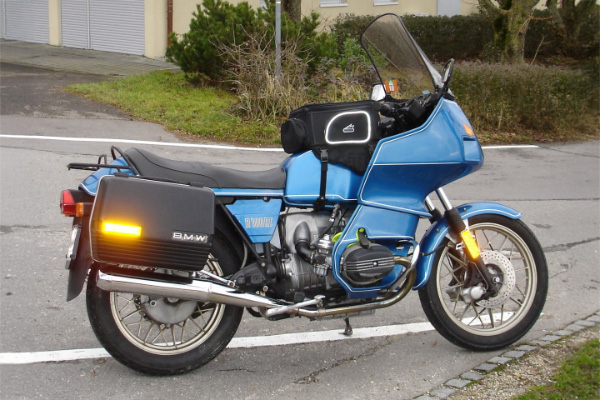
The fairing provided excellent weather protection, the ergonomics were long-distance friendly, and the shaft drive kept maintenance simple. It wasn’t the fastest touring bike of its day, but the R100RT was smooth, stable, and capable of eating up motorway miles while still being nimble enough for Alpine passes.
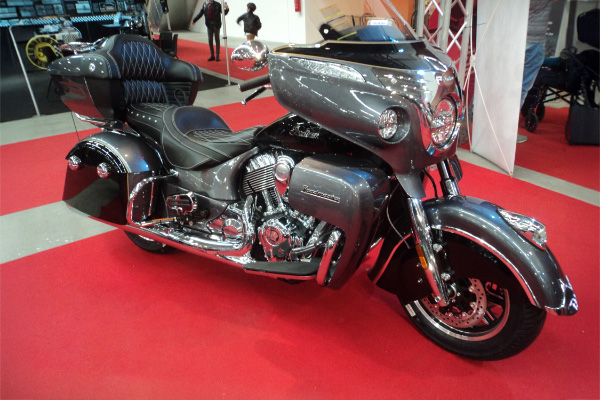
For many BMW loyalists, the R100RT remains one of the most handsome and well-balanced touring machines ever built.
Indian Roadmaster
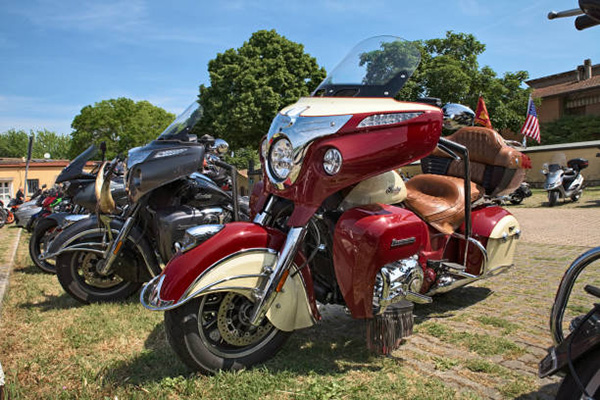
The rebirth of Indian Motorcycles brought with it a serious contender in the luxury touring segment: the Indian Roadmaster. Powered by the Thunderstroke 116 V-twin, it delivers massive low-down torque with a distinctive American soundtrack.
The Roadmaster is dripping with vintage-inspired style - sweeping fenders, plenty of chrome, and leather-topped seating - but underneath is thoroughly modern tech. Heated grips and seats, remote locking luggage, a full infotainment system, and electronic screen adjustment come as standard. Its ride quality is plush, and the chassis feels surprisingly composed for a bike of its size.
Indian pitches the Roadmaster as the ‘ultimate ride’, and for many touring riders, its combination of old-school charm and modern refinement hits exactly the right note.
Yamaha FJ1200
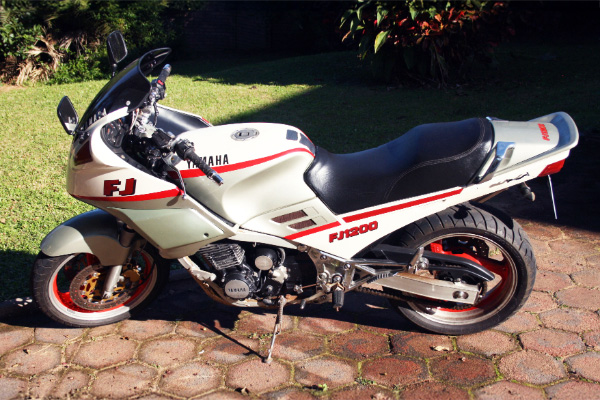
Introduced in the mid-1980s, the Yamaha FJ1200 was a different breed of tourer - one for riders who wanted performance to match comfort. With a 1,188cc inline-four producing around 130bhp, the FJ was blisteringly quick for its day but also had the stability and ergonomics to cover long distances with ease.
The FJ1200’s half-fairing provided decent wind protection, and with a set of panniers and a tank bag, it could transform into a capable continent-crosser. Its reputation for reliability and speed made it a favourite for high-mileage riders and motorcycle couriers alike.
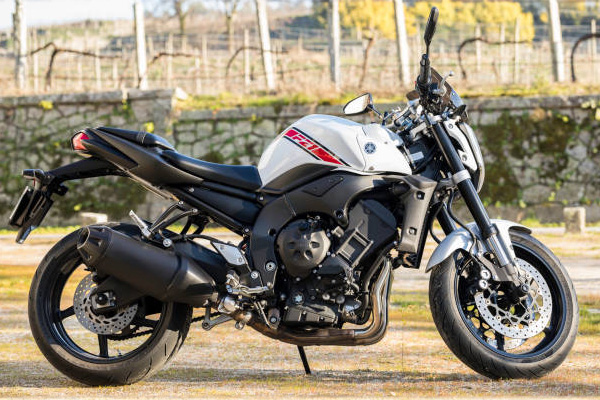
Even today, a well-maintained FJ1200 can hold its own as a fast, dependable tourer – and now it’s something of a cult classic.
Kawasaki Z1300 Voyager
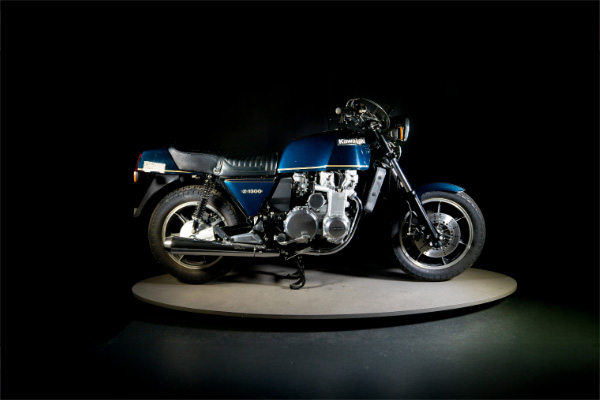
The late 1970s and early ’80s were an age of excess for motorcycle engineering, and few bikes embodied this more than the Kawasaki Z1300. This water-cooled, 1,286cc inline-six was initially launched as a naked muscle bike, but Kawasaki soon realised its massive torque and silky-smooth power delivery were perfect for touring.
The Z1300 Voyager added a full touring fairing, integrated luggage, and plush seating, turning it into a luxury express. The six-cylinder engine made effortless work of high-speed cruising, and its presence alone was enough to draw crowds at any roadside café.
Today, the Z1300 Voyager is rare and collectible, remembered as one of the boldest statements in motorcycle touring history.
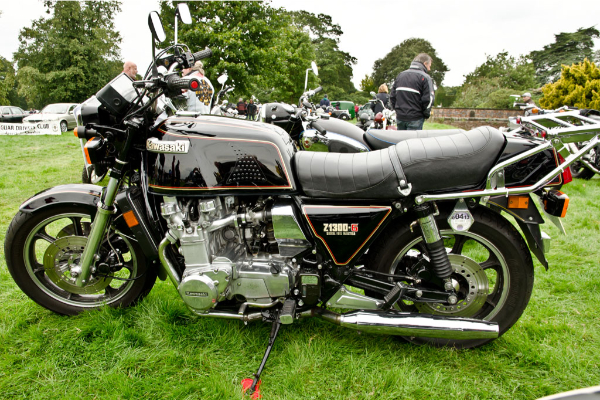

COMMENT